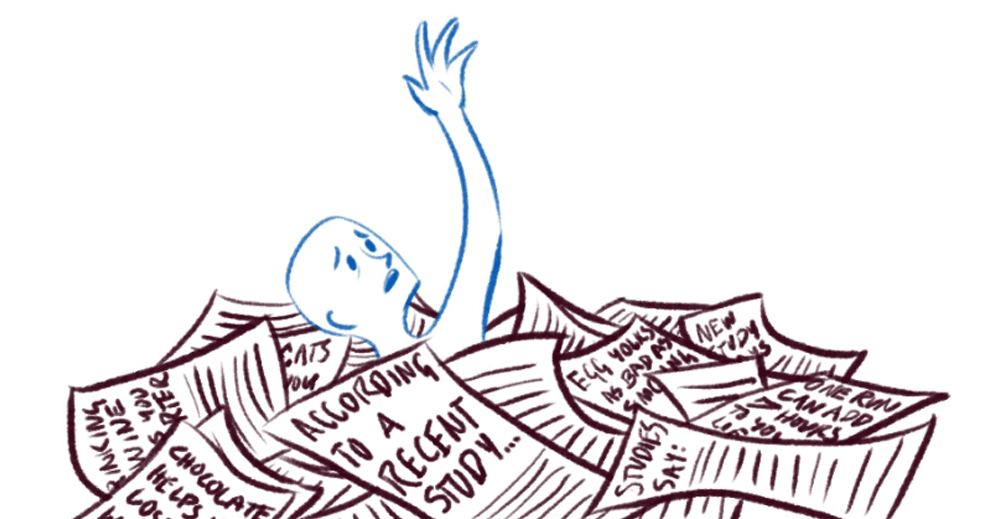
Science or scam: Vetting credible sources for journalists

Wendi Koziol
Senior Vice President, Managing Director
Wendi Koziol is a Senior Vice President at Public Communications Inc., working with a diverse group of healthcare, education and nonprofit organizations.
According to a recent study…
How often do we hear those words at the beginning of a news report? How many times have I written a news release using those words?
In my job as a public relations professional, I promote research conducted by my clients. It’s also my job to connect with reporters who cover these studies, provide useful details and put them in touch with the experts who can further explain the research.
As a consumer, I love reading about new research and breakthroughs in medicine. I consider myself an informed person with good judgment; I know how to tell a good study from a bad one. At least I thought I did.
At the Public Relations Society of America Health Academy Conference in April, Al Tompkins, a faculty member at the Poynter Institute, walked us through several examples of studies that received a ton of press coverage – stories that I read and believed – because they were reported by credible media outlets that I pitch on a regular basis.
Then I learned that I’d been duped – that these studies weren’t real. Or they weren’t credible. Or they were based on a statistically insignificant number of participants.
Remember the story a couple years ago about how eating chocolate makes you lose weight? Turns out it was a hoax – done intentionally just to prove that media would report on it without vetting it.
Tompkins suggests that journalists ask four questions about research before determining if what they’re reading is actually real or credible and reporting it to readers:
1. What do you know about the research?
What can you learn about the study methodology? For example, were study participants randomly assigned to treatment groups and were the researchers blinded, meaning they were unaware which patients received which treatment? Also, how large was the sample size? In most cases, studies that include hundreds or thousands of people are much more likely to provide meaningful information.
2. What does the public need to know to make sense of the research and its results?
For example, why was the study conducted and what new information does it add to earlier studies?
3. How do you know that the research and results are credible?
Who conducted the study? Who funded it and why? For example, was it funded by the company that makes the drug being studied? This doesn’t necessarily make the research invalid, but it should prompt reporters to look closer at the results and ask more questions.
4. Is there any other way to look at the research findings?
Can you draw a different conclusion than the one being presented?
Even studies that are published in peer-reviewed journals need to be vetted. Journalists need to ask: What’s the peer review process like, who are these peers reviewing the study and did they get paid and by whom? A health news watchdog blog, HealthNewsReview, reviews news releases and articles reported in the news and the insights are eye opening.
With so much information coming their way, and with the demand to produce content and refresh web pages almost minute by minute, news outlets often publish what comes across their desks – and they don’t have time to thoroughly vet the information.
That’s our job, said Tompkins. As communicators, we need to help journalists understand and make sense of complicated medical research. Great PR people make reporters smarter, he said.
“Don’t underestimate your influence. Don’t underestimate your role to get good information out to the public.”
Our client spokespersons can help journalists better understand the information they receive from sources, especially those containing research. We can help reporters comb through the good and the bad, and serve as sources so that even when a study doesn’t involve one of our clients directly, we can still provide insights and help the media determine if it’s a study worth reporting on, or if the research doesn’t support a sensational news release headline.
It’s my job as a professional to be sure I provide journalists credible information, am transparent, and help journalists sift through the noise. But all of us – journalists, readers and public relations pros – need to be critical consumers, to question what we read, be skeptical and call out junk when we see it.


